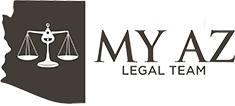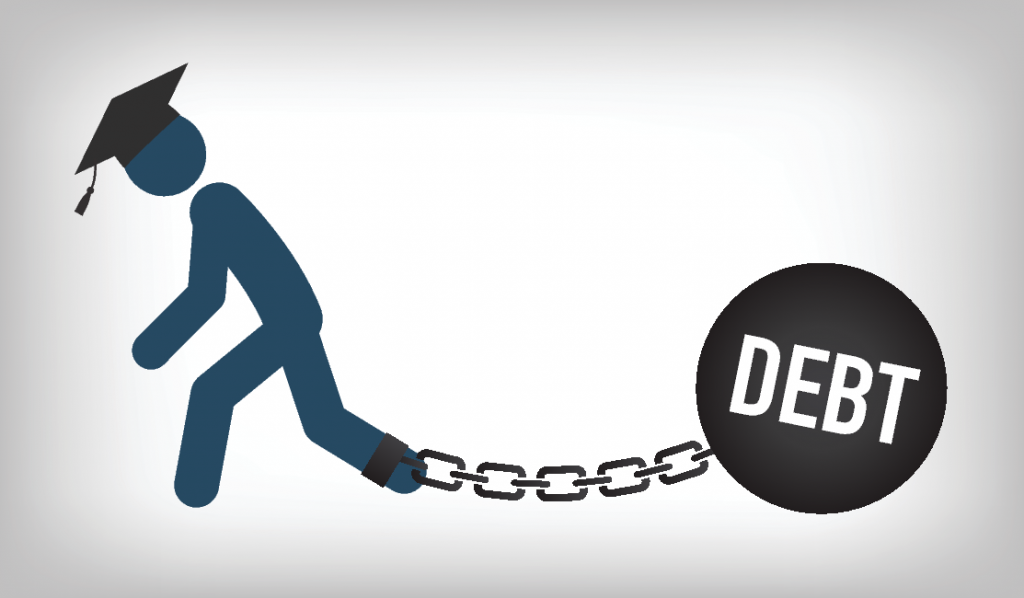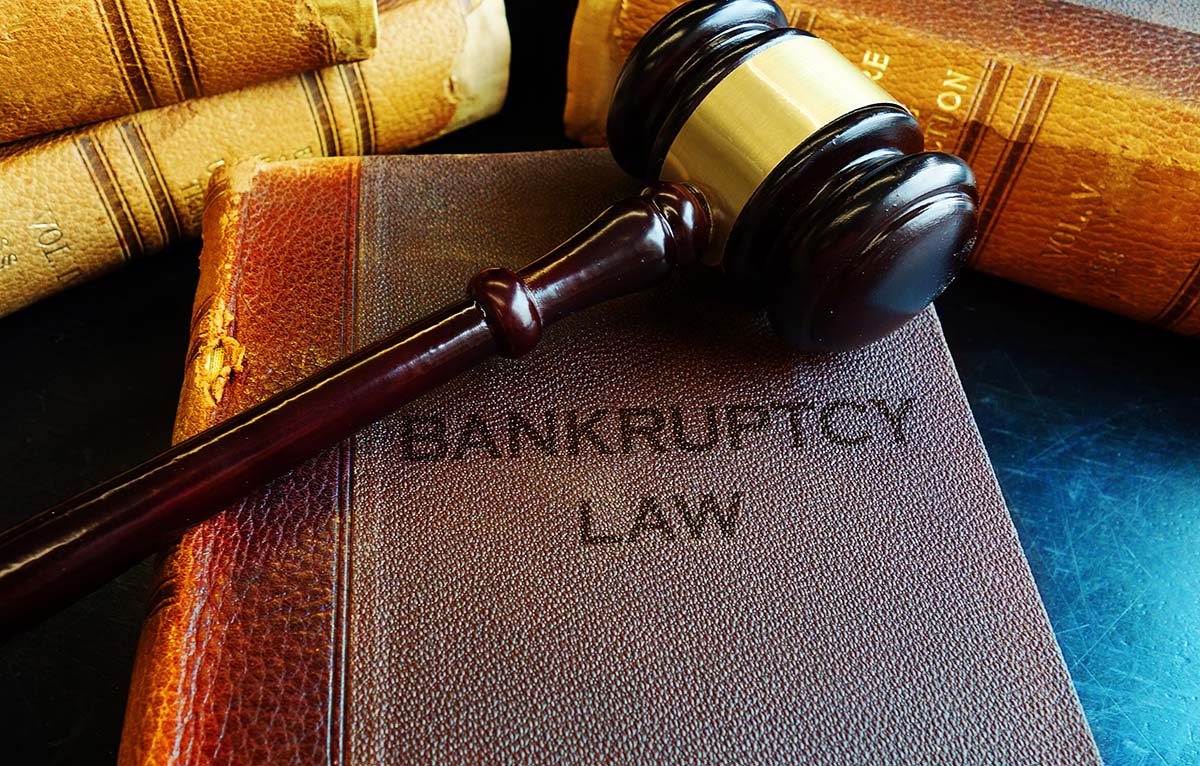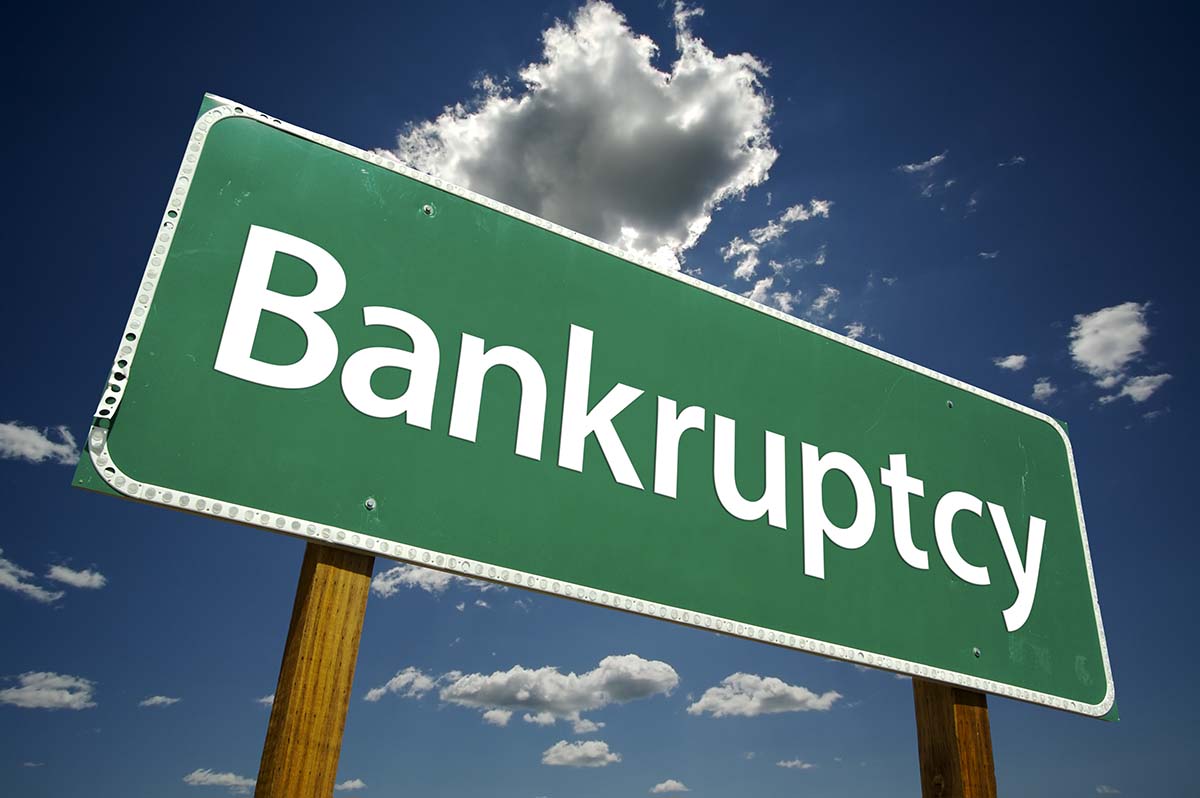The Future of Student LoansA�andA�Bankruptcy
Introduction to The Future of Student LoansA�andA�Bankruptcy
Student loans continue to be an ongoing financial strain for millions of individuals in the United States. TheA�future of student loans and bankruptcy laws need to converge.A�The amount of student loan debt continues to rise every year and many individuals will never be able to pay off their loans despite income based repayment options. The current state of affairs for discharging student loans during bankruptcy is nearly impossible. Despite being the second largest amount of debt in the United States, behind credit card debt, the obstacles required to show the court the debtora��s student loans should be discharged is huge, while credit card debt is almost always just automatically discharged. In an attempt to ease this process for the American Citizens, a new law has been proposed in May 2017 would essentially allow student loans to be discharged in bankruptcy.i
The Current State of Student Loans in Bankruptcy
The process in which a debtor can look into discharging their student loans through bankruptcy not only has its own standards for the court to follow, there must also be a separate hearing that must be held to make that determination. This proceeding is called the adversarial proceeding.iiA�The adversarial proceeding is not exclusive to student loan proceedings, it can be used with a lot of different cases within the bankruptcy proceeding.iiiA�The proceeding is actually a lawsuit that is filed within the bankruptcy case.ivA�The proceeding will generally have its own separate case number, and even possibly a different attorney but whatever the case may be, it will still remain within the greater bankruptcy case overall.
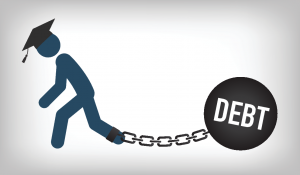 Now, during this adversarial proceeding the court will use what is called theA�Brunner TestA�to determine whether or not the student loans are eligible to be dischargeable through the bankruptcy proceeding. The first part of theA�Brunner TestA�is the debtor must show that the debtor is basically living in poverty.vA�This means that the debtor would be unable to maintain the standard of living for themselves and their dependents, even with a nominal student loan payment.viA�The standard of living the court is assessing is considered far below middle class. The court will expect you to live without a lot of the luxuries that more money could provide, such as iPhones and possibly even multiple cars unless necessary for that particular family. If you are living with multiple expensive smartphones and other extra luxuries in your life, the court is going to certainly inquire why you can pay for those items and not your other obligations: student loans. The court will expect you to maximize your income and reduce your expenses as much as possible.vii
Now, during this adversarial proceeding the court will use what is called theA�Brunner TestA�to determine whether or not the student loans are eligible to be dischargeable through the bankruptcy proceeding. The first part of theA�Brunner TestA�is the debtor must show that the debtor is basically living in poverty.vA�This means that the debtor would be unable to maintain the standard of living for themselves and their dependents, even with a nominal student loan payment.viA�The standard of living the court is assessing is considered far below middle class. The court will expect you to live without a lot of the luxuries that more money could provide, such as iPhones and possibly even multiple cars unless necessary for that particular family. If you are living with multiple expensive smartphones and other extra luxuries in your life, the court is going to certainly inquire why you can pay for those items and not your other obligations: student loans. The court will expect you to maximize your income and reduce your expenses as much as possible.vii
The next factor the court is going to consider for theA�Brunner TestA�is persistence. The court will look at whether this situation that the debtor is in will continue into the future without likely changing in the future.viiiA�If the debtor is unable to make the minimum payments for their student loans now and that will not change even in the next ten years, the court is more likely to determine that their financial situation is persistent. Some of the factors that the court has considered in previous cases include: has the debtor reached the maximum income level available in her field, does the debtor live in a rural area where there is no realistic possibility of increasing income (which is heavily dependent on the debtora��s level of education and the field they work in), has the debtor lived frugally, has the debtor done everything possible to minimize expenses, and does the debtor have a kid with special needs.ixA�This list of factors is not an exhaustive list.
The final factor the court is going to look at is the good faith effort of the debtor.xA�This is really as simple as it sounds a�� did the debtor make a good faith effort to pay their student loans? For instance, did the debtor shop around for a better paying job, or try to work with the student loan provider to set up a better financial arrangement.
The Discharge Student Loans in Bankruptcy Act
The Discharge Student Loans in Bankruptcy Act is a newly proposed law that has yet to be passed, but many advocates are hopeful it will be in effect next year. If the new law goes in to effective, it will essentially categorize student loan debt as any other debt that is eligible to be discharged. Congressman John Delaney was quoted:
a�?Student loan debt is dragging down economic growth and keeping the American Dream out of reach for many,a�? said Delaney in a statement. a�?While student loan debt is a complex problem that will require many solutionsA�a�� increased support for grant programs, efforts to increase affordability, improved consumer education and transparencyA�a�� we also need to reform our bankruptcy laws to help those with the absolute greatest need.a�?
Congressman Delaney and other advocates realize there is a problem with student debt in the United States, and for some individuals the only way to get out is through a public forgiveness program, or bankruptcy. While there needs to be multiple solutions to the problem, including how to keep students out of debt to begin with, this new bankruptcy law could be the first step to rationalize the future of student loans and bankruptcy.
Conclusion to The Future of Student Loans and Bankruptcy
Student loan debt is a $1.3 trillion dollar problem and many, many individuals would benefit from clearing the future of student loans andA�bankruptcy discharge of their student loan debt.xiA�It will still be a hard decision to make, considering the negative consequences filing for bankruptcy has on your credit and financial future. Your credit score will take a major dive after a bankruptcy discharge, but you do have the ability to build it back up over time.xiiA�Bankruptcy is also a very invasive process.xiiiA�Attorneys, the judge, and the bankruptcy trustee will have access to your financial records, assets, and debts and it will all become public record.xivA�You may also lose a lot of personal property during a bankruptcy liquidation sale. Despite the negative consequences of bankruptcy, many of those will be temporary problems that could fix a life long problem. It is a difficult decision to make, but if this new law passes, more individuals will be able to turn to bankruptcy as an option for the suffocating amount of student loan debt.
iA�See Lawmakers Push Bill Allowing Student Debt to be Discharged in BankruptcyA�Credit Union Times (Published May 08, 2017) http://www.cutimes.com/2017/05/08/lawmakers-push-bill-allowing-student-debt-to-be-di
iiA�SeeA�Adversary Proceedings in BankruptcyA�(Accessed May 24, 2017). http://www.nolo.com/legal-encyclopedia/adversary-proceedings-bankruptcy.html
iiiA�Id.
ivA�Id.
vA�SeeA�Discharging Student Loans in Bankruptcy: The Western StatesA�(Accessed May 24, 2017). http://www.nolo.com/legal-encyclopedia/discharging-student-loans-bankruptcy-the-western-states.html
viA�Id.
viiA�Id.
viiiA�Id.
ixA�Id.
xA�Id.
xiA�See New Law May Provide Student Loan Discharge During BankruptcyA�Consolidated Credit (Published May 22, 2017) https://www.consolidatedcredit.org/financial-news/bankruptcy-and-student-loan-discharge/
xiiA�See What are the Consequences of BankruptcyA�The Balance (Published September 30, 2016) https://www.thebalance.com/consequences-of-bankruptcy-316128
xiiiA�Id.
xivA�Id.
